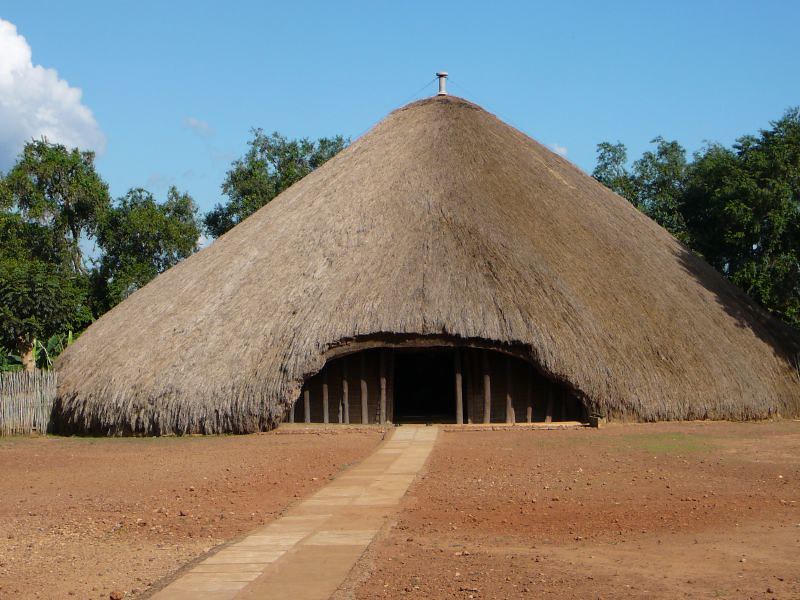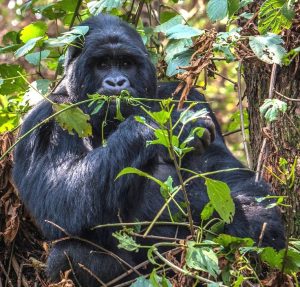Kasubi Tombs
A UNESCO World Heritage Site, the Kasubi Tombs have a significant significance in the history of the Buganda Kingdom. As evidence of the kingdom’s rich architectural and cultural heritage, it is the last resting place of four Buganda rulers. until the construction of a royal palace there in 1882, Kabaka Mutesa I used the site as a burial ground until his death in 1884. The tombs’ traditional building techniques, which showcase the beauty and skill of Buganda artisans, have earned them international recognition. Kasubi Tombs
What is the brief explanation on Kasubi?
Along with other members of the Baganda royal dynasty, four Kabakas kings of Buganda are buried at the Kasubi Tomb in Kampala, Uganda. As a result, the place remains a spiritual and political center for the Ganda people, as well as an important example of traditional construction.
What is the history of tombs?
Tombs most likely originated from the ancient custom of burying the dead in their own houses. Kasubi Tombs. During the Renaissance, burial urns and cemeteries gradually took the role of tomb construction.
What are the benefits of Kasubi Tombs?
The intangible aspects of the Baganda people’s beliefs, spirituality, continuity, and identity are what give the place its primary significance. The location is a significant historical and cultural landmark for Uganda and all of East Africa.
What makes the Buganda Kings’ graves at Kasubi endangered?
The graves of the Buganda monarchs at Kasubi are on the UNESCO World Heritage List, but a devastating fire in 2010 destroyed them. The site’s presence on the List of World Heritage in Danger made it possible for a thorough restoration to take place.
What is the difference between a grave and a tomb?
A tomb is a structure above earth, whereas a grave lies below. Before being buried in a grave or tomb, the body would be put in a coffin or casket. In the graves of Kasubi
How many kings are interred?
Among the four monarchs interred in the Kasubi tombs, is Mutesa 1, 1834 1885. Mutesa 1 became the king in 1856 after being born about 1835. The first Kabaka of Buganda to be interred at the Kasubi tombs was the 35th When was Kasubi tombs built?
There have been tomb structures since the thirteenth century. Built in 1882 and transformed into the royal burial site in 1884, the most recent structure was the former palace of the Kabakas of Baganda. Currently, the Muzibu-Azaala-Mpanga has four royal graves.
The Kasubi tombs were burned when?
Destruction occurred On March 16, 2010, at around 8:30 p.m. local time, a fire damaged the Kasubi tombs. The cause of the fire has not yet been identified. The Buganda monarchy has committed to working with the national police agency to carry out separate investigations into the incident.
How are Kasubi tombs useful to the people of Buganda?
The location is the busiest religious site in the kingdom and a significant spiritual hub for the Baganda people. The buildings and customs connected to the location are among the remarkable depictions of African culture that show the continuation of an active tradition.
What role do Kasubi’s tombs play?
The location is the most active place of worship in the kingdom and a significant spiritual hub for the Baganda. One of the most remarkable examples of African culture that shows the continuation of a live tradition is the buildings and customs connected to the location.
What does a tomb symbolize?
A tomb is a vault, home, or room used by the deceased. The original purpose of a tomb was to protect the deceased and provide them with a home in the hereafter that would have all the conveniences they would require. Tombs most likely originated from the ancient custom of burying the dead in their own houses.
Where is Kasubi royal tombs found?
The tombs of four Buganda kings are a reminder of the kingdom’s rich cultural and architectural heritage.
How does a tomb function?
In general, it refers to any burial chamber or architecturally enclosed area of various sizes. As a final disposition method, immurement—which mostly refers to entombing individuals alive—can refer to placing a body in a tomb as an alternative to burial or cremation.




